Description
Euphorbia lactea ‘Variegata’, also known as the ‘Variegated Candelabra Cactus’, is a visually stunning succulent variety known for its unique and striking appearance. The plant features fleshy, branching stems with a variegated mix of green, white, and cream, creating an eye-catching contrast. This plant’s candelabra-like structure makes it a standout in any succulent collection. Native to tropical and subtropical regions, it thrives in well-draining soil and bright sunlight.
- Full Botanical Name: Euphorbia lactea ‘Variegata’
- Common Names: Variegated Candelabra Cactus, Milk Bush
- Country and/or Region of Origin: Native to tropical and subtropical regions of Africa and Asia
- Growing Conditions in Native Habitat: Grows in dry, rocky areas with plenty of sunlight and minimal water. Prefers well-draining, sandy soils typical of arid desert landscapes.
- Care Guide:
- Light: Prefers full sun to partial sun. Direct sunlight helps the plant develop its vibrant variegation, but it can tolerate some light shade. Less sunlight can result in slower growth and less intense color.
- Ideal Room: Ideal for sunny windowsills, patios, or succulent gardens. It can also be grown in containers or as part of a larger garden display.
- Feeding: Fertilize during the growing season (spring and summer) with a diluted, balanced liquid fertilizer once every 4-6 weeks. Reduce fertilizing in the fall and winter months when the plant is dormant.
- Humidity: Prefers dry air and low humidity, making it well-suited for typical indoor conditions. Avoid placing it in highly humid environments, as excessive moisture can lead to rot.
- Ideal Temperature: Best kept between 60°F and 80°F (15°C to 27°C). Protect from temperatures below 50°F (10°C), as it is sensitive to cold weather and frost.
- Watering: Water sparingly. Allow the soil to dry out completely between waterings, as Euphorbia lactea ‘Variegata’ is a drought-tolerant succulent. Reduce watering during the winter months when the plant is dormant.
- Pet/Child Safe: Toxic to pets and children if ingested. The plant contains a milky sap that can irritate the skin and mucous membranes. Keep out of reach of pets and young children to prevent accidental ingestion or contact.
- Soil Type: Use a well-draining, cactus or succulent-specific potting mix. Succulent mixes with good drainage help prevent root rot and ensure healthy growth.
- Propagation: Propagate by stem cuttings. Simply cut a healthy stem, allow it to callous over for a few days, and then plant it in well-draining soil. Keep the cutting in a warm, sunny spot until roots develop.
- Eventual Height and Spread: Typically grows up to 3-5 feet (90-150 cm) tall with a spread of 2-3 feet (60-90 cm), making it a great focal point in larger containers or garden beds.
- Growth Rate: Slow-growing, but once established, it will produce new branches and continue to develop its candelabra-like structure over time.
- Pests and Treatment: Generally pest-resistant but may occasionally attract mealybugs or aphids. Treat infestations with insecticidal soap or neem oil to keep the plant healthy.
- Repotting: Repot every 1-2 years or when the plant becomes root-bound. Choose a pot with good drainage and fresh cactus mix to encourage healthy root growth and prevent water retention.
- Pruning: Prune regularly to maintain a tidy appearance and shape. Pruning also encourages new growth and helps keep the plant compact and well-balanced.
- Air Purification: While not known for air purification, Euphorbia lactea ‘Variegata’ makes a bold, decorative statement in any space with its unique structure and vibrant colors.
- Folklore: Euphorbia plants, including ‘Variegata,’ are often associated with resilience and endurance. In some cultures, they are believed to bring protection and positive energy to their owners, making them a popular plant for feng shui and home decor.

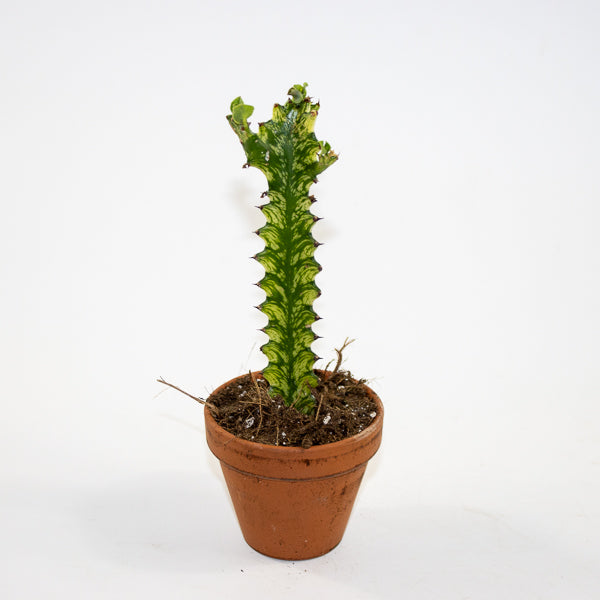
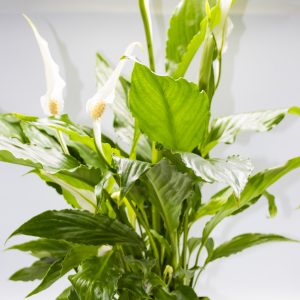
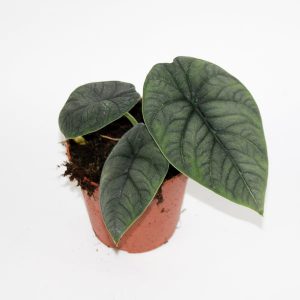
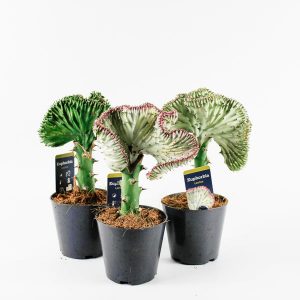
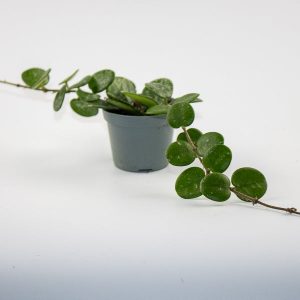

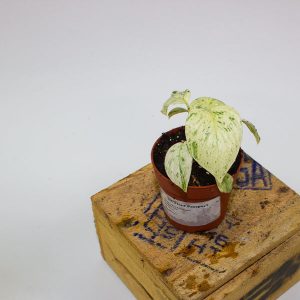

Reviews
There are no reviews yet.